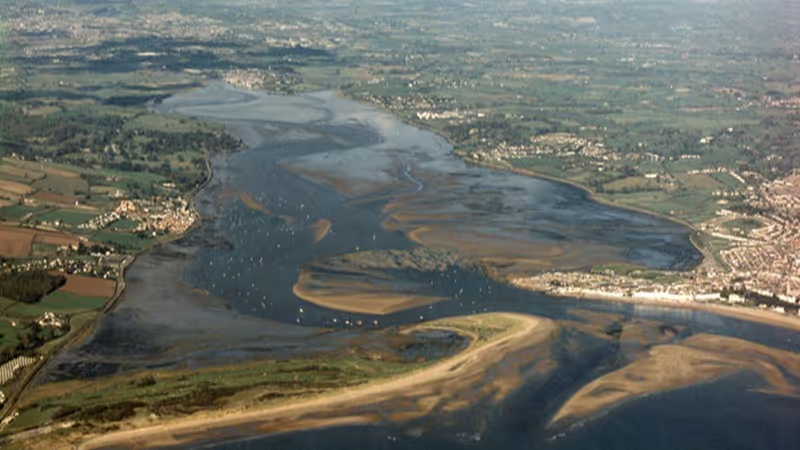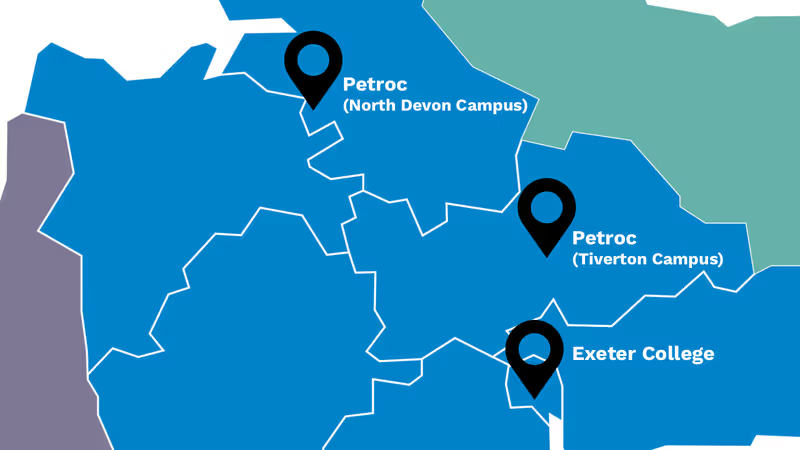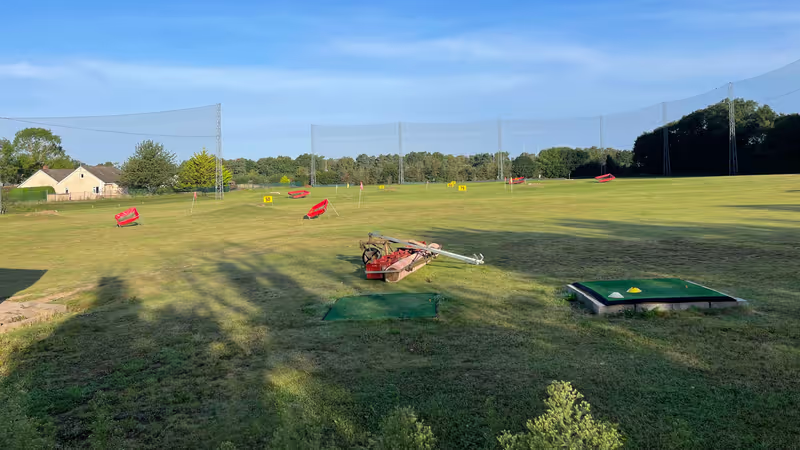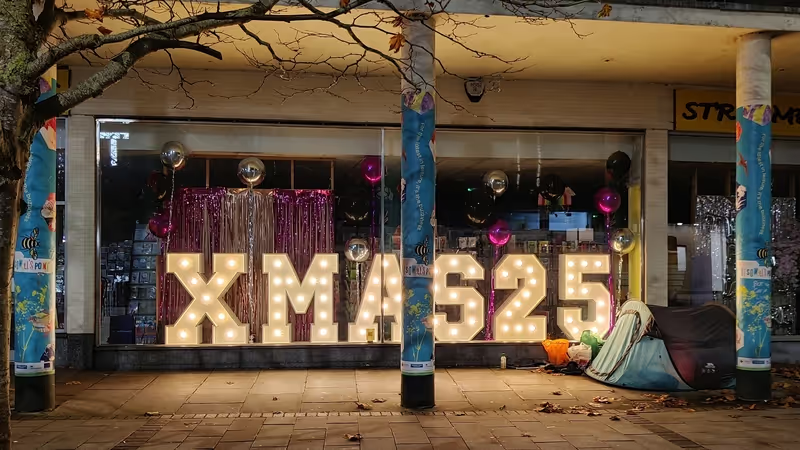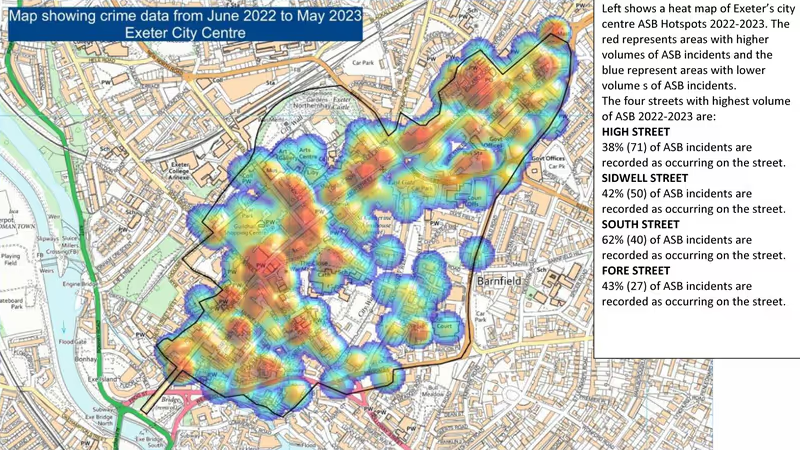Devon County Council allocated 87% of its total transport infrastructure expenditure to motor vehicle infrastructure in 2022-23, the same as the previous year, while 4% went to walking and 5% to cycling after a reduction in rail expenditure.
Figures acquired from the county council under local authority accounts inspection legislation show road spending dominating both its capital and revenue spending across new and existing infrastructure last year.
New walking infrastructure constituted only 1% of total capital transport infrastructure expenditure in 2022-23, less than the previous year, while new cycling infrastructure represented 3.75% of the total after rising from £2.4 million to £3.5 million.
Combined, less than £4.5 million of county council capital transport expenditure was allocated to new active travel infrastructure, and less still to its maintenance.
A single project, a pedestrian and cycle bridge spanning the A379 to facilitate the controversial South West Exeter extension, is responsible for nearly £2 million of this spending.
Motor vehicle infrastructure, in contrast, received more than three quarters of new county council capital expenditure on transport infrastructure, an increase on the previous year, and nearly 93% of its transport maintenance expenditure.
Roads received nearly £80 million of a total of £92.5 million 2022-23 capital transport infrastructure spending, with Marsh Barton railway station receiving another £4.3 million.
The county council spent £1.2 million more on enhancing the A361 alone than it spent on all the county’s new walking, cycling and rail infrastructure combined. Active travel funding capital expenditure in Exeter amounted to £430,000.
County council revenue spending on new transport infrastructure, which is much lower than capital expenditure on new transport infrastructure, was £700,000 for the same year.
£400,000 (58%) of this was spent on motor vehicle infrastructure of which £375,000 was used for changes to junction 28 of the M5.
Devon County Council doesn’t normally distinguish between expenditure on walking, cycling, rail and motor vehicle infrastructure in its transport finance records, frustrating cost/benefit analysis of active travel interventions.
While it was able to break down its capital expenditure on transport infrastructure into different travel modes when questioned under accounts inspection legislation, it was unable to do the same for its £24 million 2022-23 revenue spending on transport infrastructure maintenance.
Active Travel England guidance says that, unless more detailed information is held, local transport authorities should “assume 9% of highways maintenance is for cycling and walking which is the average percentage assumed by the department”.
Doing so would mean that just over £2 million of this money went to active travel infrastructure maintenance while nearly £21.5 million was spent on motor vehicle infrastructure.
Combining these capital and revenue figures shows that, overall, the county council allocated £4.6 million of its total 2022-23 transport infrastructure expenditure to walking, £6.25 million to cycling and £101.5 million to motor vehicles – 87% of the total.
Devon County Council’s transport capital programme for 2023-25 continues to allocate most of its capital expenditure on new transport infrastructure to roads.
The updated programme it agreed last week allocates £128 million to road schemes, £13 million to active travel and £11 million to public transport.
The schemes are slightly overprogrammed to allow for delivery timetable slippage: the county council intends to spend around £155 million in total during this period, including £17 million on infrastructure for the low-tax Plymouth and South Devon Freeport.
It says that its transport schemes are “varied, but all will look to support the council’s vision for sustainable, low carbon economic growth and safe and better-connected communities”.
The county council also says its programme “seeks to invest in transport interventions that respond to the climate emergency, supports sustainable economic recovery, improves health and well-being and helps communities to be safe, connected and resilient”.
It awards its transport strategy maximum positive impact scores on actions including prioritising sustainable travel and transport, encouraging sustainable lifestyles and giving people “greater opportunities for walking and cycling to increase their physical activity”.
It is not clear how the programme’s road schemes, which it describes as “multi-modal/highway improvements” and which comprise 84% of its planned capital expenditure, deliver the active or sustainable travel benefits the county council claims.
Of the £213 million in transport capital funding it says is “successfully secured”, which includes £60 million for the A361 North Devon link road and £38 million for the A382 Drumbridges to Newton Abbot road, just £3.3 million is for active travel schemes.
